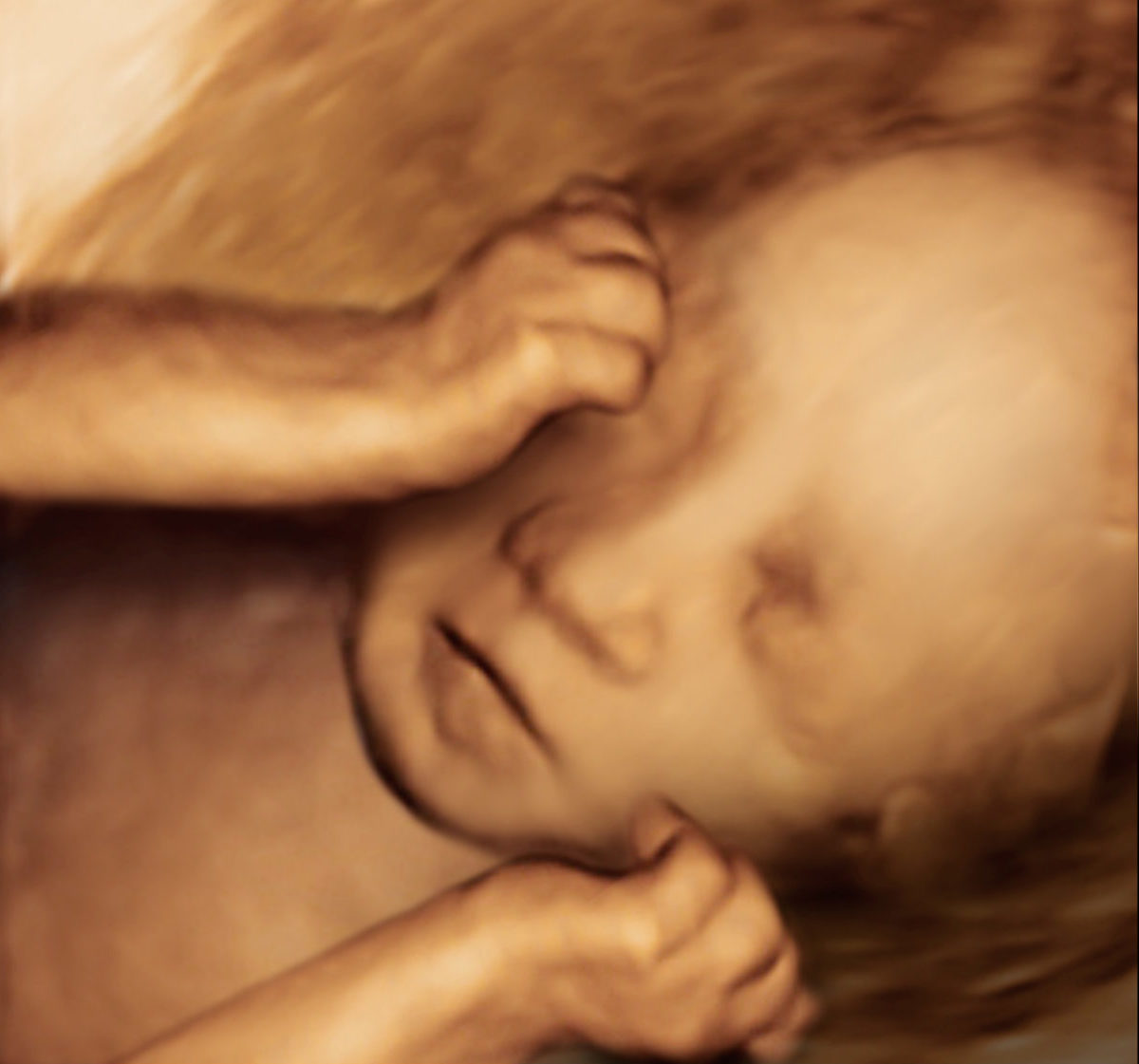After Roe, America will face a fundamental question.
The Right to Life

A new era in American politics.
The first March for Life took place in January of 1974, exactly one year after the decision in Roe v. Wade. Around 20,000 people gathered in Washington. They hoped then that Congress could undo what Justice Blackmun and the majority had done. No such legislative power intervened, but the marchers kept coming back, pleading now with the Supreme Court to reverse its ruling. This January, by some estimates, more than 100,000 people showed up. And today, after almost 50 years, they got what they fought for. Roe v. Wade is overturned.
The pro-life movement in America began to take shape in the second half of the ’60s. It was becoming clear then that the various movements, organizations, and donor groups of second-wave feminism would make abortion their unifying concern. Unwanted pregnancy was the sign and symbol of everything that “women’s lib” promised to “liberate” women from: domestic obligations, social constraints, and the unfairness of human biology.
Contraceptives lowered the stakes of a casual hookup somewhat, for men and women alike. But true equity would mean that everyone could take the sex act just as lightly as he or she chose. Only abortion guaranteed that. The pro-life response was simply to ask: at what cost? Jack and Barbara Wilke’s Handbook on Abortion, published two years before Roe, drove the point home with photographs of preborn babies dismembered and drowned in saline solution, the nightmare images that haunt every pro-lifer to this day.
Feminists, then as now, would respond by citing extreme cases such as rape, incest, or fatal complications. But most abortion laws before Roe already had exceptions in place to meet those tragic contingencies. Blackmun’s own words made clear that the Court was not simply making space for a few desperate measures. It was declaring categorically that until a baby could survive outside the womb, its life was of no account. “Maternity, or additional offspring, may force upon the woman a distressful life and future,” Blackmun wrote. “Psychological harm may be imminent. Mental and physical health may be taxed by child care. There is also the distress, for all concerned, associated with the unwanted child.” Any child, however conceived, became vulnerable if his life presented the difficulties listed (or others besides).
This kind of reasoning was never going to make abortion “safe, legal, and rare.” It was, on its face, the unpersoning of an entire class, excluding them from the protections of the Constitution and the promises of the Declaration: “the word ‘person,’ as used in the Fourteenth Amendment, does not include the unborn.” The point of those pro-life images was to insist on new medical evidence to the contrary. Photography and ultrasound technology viscerally underscored the truth that genetics was uncovering: from the moment of conception, a unique human being comes newly into existence.
If it is true that “all men” are “endowed by their Creator” with inalienable rights, then the right to life must surely belong to whoever is human from the moment he exists. The urgency of this basic point has never been greater, as digital technologists promise and threaten to transcend or dissolve the boundaries of our nature altogether. America itself is founded on the rock of our humanity, and simply by continuing to live together as a nation we are betting on that humanity to endure. The “men” of the Declaration are not to be defined in and out of existence by the powerful, or invented anew each day by the elite. They are created, every one of them, by a power greater than our own, who gives them life and makes them free.
Since the words of the Declaration were written, patriots have had to pour out their blood and treasure to make good on them. Those words—the words that freed the slaves, the words of Independence Day—must protect every American child from the unjust and arbitrary exercise of power. Whenever they do not, the country’s creed falls short of realization. Abortion has made liars of us all.
Though early leaders like the Wilkes were Catholic, and though the Christian Church has always been instrumental in the pro-life movement, today’s decision in Dobbs v. Jackson is not a victory for Christians only. You do not have to worship Jesus to oppose abortion: you only have to believe in the principles of America and accept what science has revealed about human life. Not only did Roe and Casey make a mockery of our founding documents: they also usurped legislative power and severely damaged public faith in our system of government, turning matters of law into matters of judicial invention.
Those attendees at the first March for Life weren’t wrong to think that legislators ought to be the ones making laws about abortion. But they were mistaken in hoping that the system would work as the Constitution prescribes. It would not be the last time that a major portion of the electorate found its faith in our institutions bitterly disappointed. When one side of a contentious political issue has its right to representation usurped, and another feels empowered to legislate through the Courts, republican government faces a serious crisis of legitimacy.
In this way, Roe and Casey laid the table for our present national politics of extremism and recrimination. “Roe was…on a collision course with the Constitution from the day it was decided,” writes Justice Samuel Alito in Dobbs. In the years since “women’s lib,” the activist Left, aflame with conviction of its own righteousness, has given up even the pretense of pursuing its aims through democratic means. The unprecedented leak of the Dobbs decision last month made that clear, if 2020’s summer of politics by riot hadn’t already. When Nicholas John Roske attempted to assassinate Justice Brett Kavanaugh, we saw the current vanguard’s preferred mode of debate on display. “TO OUR OPPRESSORS: IF ABORTIONS AREN’T SAFE, YOU’RE NOT EITHER,” said fliers distributed by the pro-abortion extremist group Jane’s Revenge.
For standing fast against such threats of political violence, the Justices in this majority deserve our admiration. For reaffirming the American people’s sovereignty in matters of legislation, they deserve our respect. But above all they deserve our gratitude, for ushering in a new era of American politics. The effort to dismantle the abortion industry will certainly meet with furious resistance, and some states will surely become even more permissive than before. But we can now at least hope to make all Americans equal in the true sense, before the law as they are in the sight of their creator. There is a long way to go. But today is a good day.
The American Mind presents a range of perspectives. Views are writers’ own and do not necessarily represent those of The Claremont Institute.
The American Mind is a publication of the Claremont Institute, a non-profit 501(c)(3) organization, dedicated to restoring the principles of the American Founding to their rightful, preeminent authority in our national life. Interested in supporting our work? Gifts to the Claremont Institute are tax-deductible.
As Harry Jaffa taught, political philosophy and justice are real.
Conservatives must pursue pro-family policies in a post-Roe environment.



